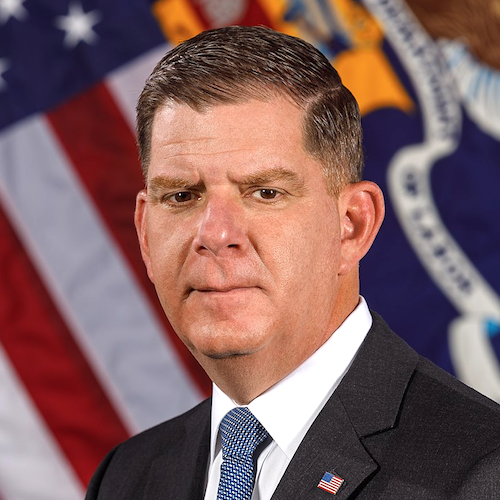
Masking and social distancing remain at forefront of a new emergency temporary standard for healthcare workers issued by the U.S. Department of Labor’s Occupational and Health Administration. The standard aims to protect healthcare workers from contracting COVID-19 as the economy begins to re-open across the country.
Among the new rules, employers must provide paid time off for employees to get vaccinated but can be reimbursed through a refundable tax credit under legislation that was passed earlier this year.
Employers also must track all cases of COVID-19 in the workplace and report them to OSHA. Further, they must notify workers that might have been exposed to the virus.
Frederick said the mandates are nuanced for fully vaccinated employees and will vary depending on the type of work an employee does and his or her level of potential exposure.
“The ETS exempts fully vaccinated workers from masking, distancing and barrier requirements when in well-defined areas where there is no reasonable expectation that any person will be present with suspected or confirmed coronavirus,” the DOJ clarified in a press release yesterday afternoon.
“OSHA has determined that the most impactful action we could take at this time is to establish an emergency temporary standard that is focused on healthcare settings where workers are more likely to come into contact with someone carrying the virus,” Acting Assistant Secretary of Labor for OSHA Jim Frederick said Thursday in a press briefing.
The standard, he said, will protect approximately 10.3 million healthcare workers.
“From the very beginning [of the Biden administration], our goal has been to protect the health and safety of our workforce,” U.S. Secretary of Labor Marty Walsh said. “Science tells us that healthcare workers, particularly those who come into regular contact with the virus, are most at risk at this point in the pandemic. So, following extensive review of the science and data, OSHA has determined that a health care-specific safety requirement will make the biggest impact.”
The mandatory workplace rules that healthcare employers must follow as part of the standard are aligned with current Centers for Disease Control and Prevention guidelines and are subject to change, according to the Labor Department.
“It’s been a long time coming,” Walsh said. These rules, he said, “reflect the reality on the ground.”
The standard will take effect on the date it is published in the Federal Register, which has not yet been determined, according to Frederick. Employers must comply with most provisions within 14 days of publication and with the remaining provisions within 30 days.




